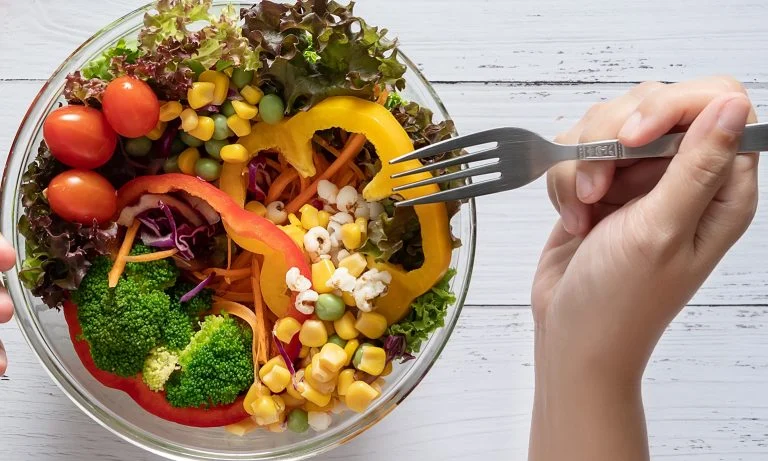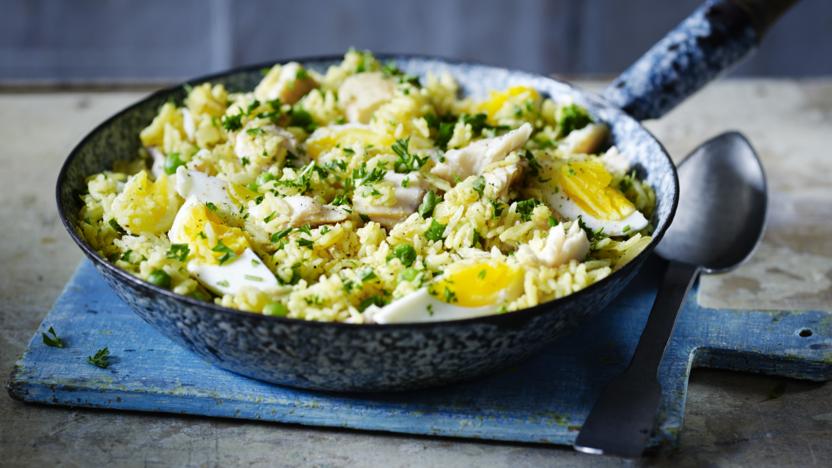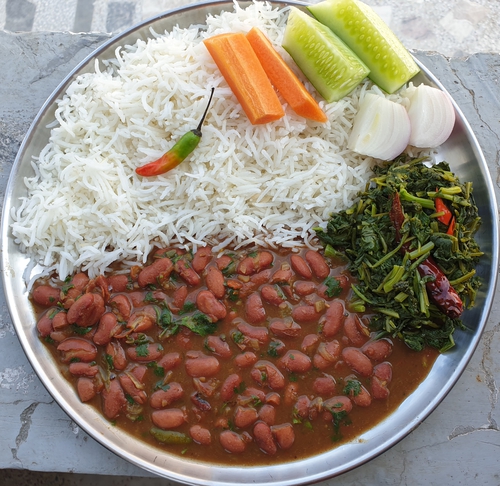8 Interesting food facts that made me go, “Wow’ I did NOT Know that!”


It can taste like soap to certain people, Because of the presence of a few genes. People who have the OR6A2 receptor gene describe coriander as tasting like soap. This gene detects the smell of aldehyde compounds, which can be present in both coriander leaves and soap! This trait could potentially be inherited.
It’s color changes throughout the year, depending on the season and the flowers in bloom. Since honey relies on pollination and different flowers blossom in different seasons, the shades of the honey made by the same set of bees might change across months.
3. There’s a reason why airplane food isn’t particularly tasty. Because of the dry air and pressurized cabin, your taste senses react differently.
4. Your favourite snacks may contain bugs. Crushed bugs are used to make carmine, a red dye. Candies, drinks, ketchup, canned cherries, and red velvet cakes all include it. Carmine, or cochineal extract, is a natural food dye made from crushed cochineal bugs.
5. Want to see if the eggs in your fridge are still fresh? Pour some cold water over them! Fresh eggs should sink, and any egg that floats should be discarded. This is because the egg’s air pocket grows larger with time.

6. Kedgeree, a classic British breakfast/brunch dish, finds its origins in Khichri! According to Prosper Montagné’s Larousse Gastronomique, Kedgeree is descended from the Indian Khichri, a dish made up of spicy lentils, rice, fried onions, and ginger that is popular throughout the country and dates back to the 14th century.
7. The Portuguese introduced Alphonso mangoes to India. In the 15th century, almost all mango kinds in Goa were of the “sucking” variety. By grafting, the Portuguese colonists introduced a firmer variety. Alphonso was named after Alphonso de Albuquerque, a Portuguese viceroy.

8. Rajma Chawal would not exist if kidney beans had not been imported from Mexico to the Indian subcontinent.
